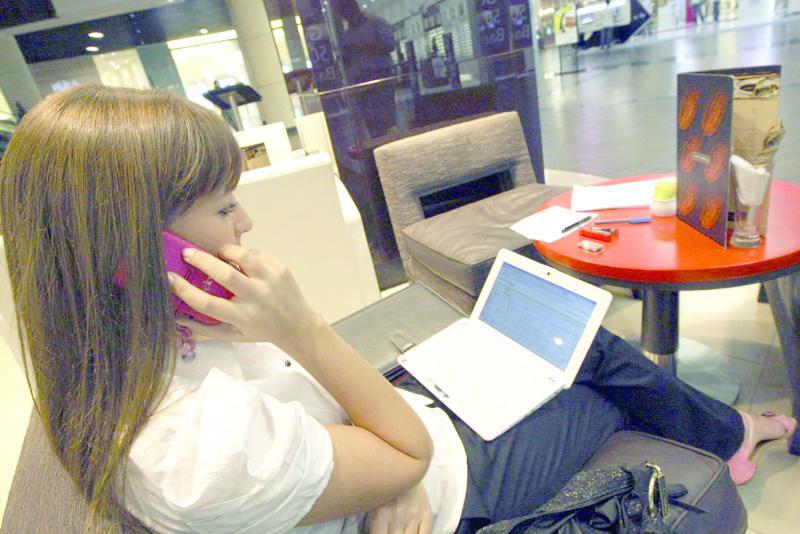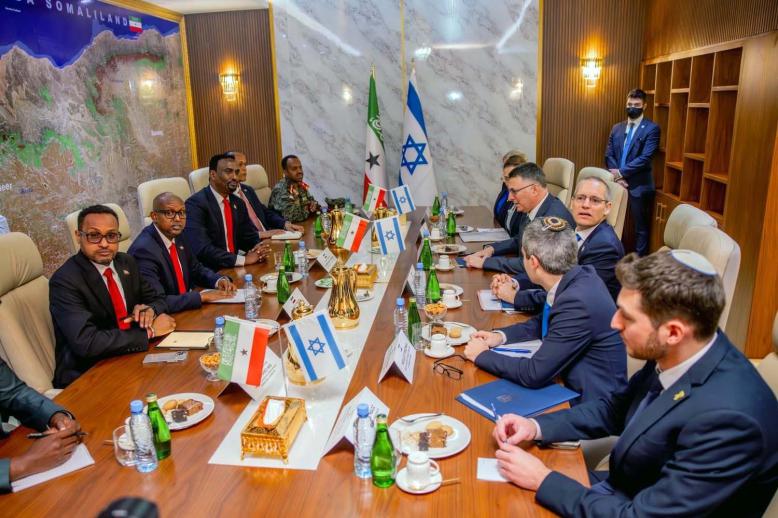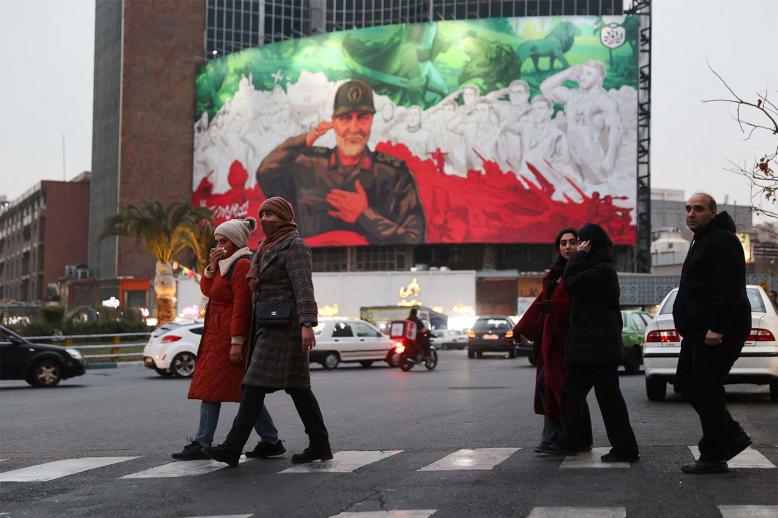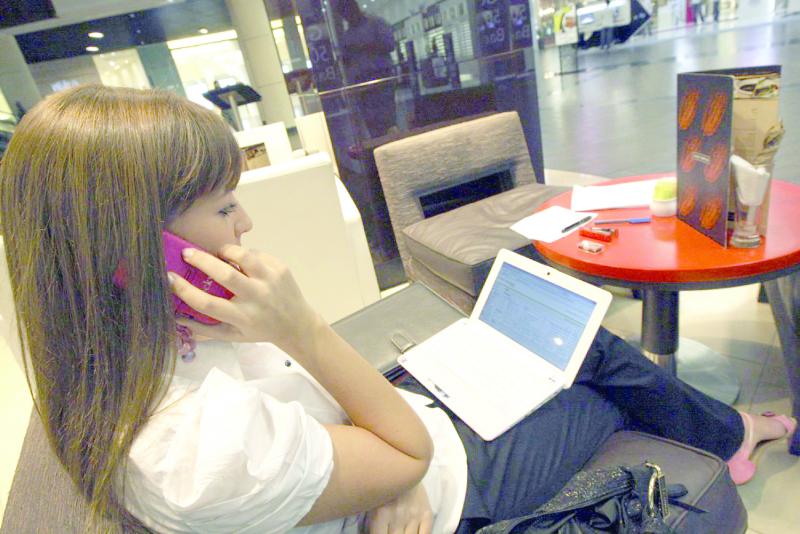Digital media is Arab youth’s next frontier
The world’s media landscape has changed drastically in the last decade, resulting in major social, political and economic shifts. Not only has this brought about a wave of new satellite channels, news websites, blogs, social media content and other platforms from which viewers can chose, it has changed the very nature of news and reporting.
The tenth ASDA’A Burson-Marsteller Arab Youth Survey (AYS) highlighted this transformation, presenting important findings on the media’s characteristics and potential.
The AYS stated that more young Arabs receive news on social media than television, with up to 49% of those asked saying they get daily news from Facebook. This is a major shift since 2015 and, given revelations about Facebook’s disclosure of private data, comes with concerns. While social media platforms such as Facebook have made the world more open and connected, they also pose a near dystopian danger: social control.
Young Arabs are not alone in their obsession with social media and the internet. They are joined on Twitter, Facebook and other platforms by political figures, including heads of state, celebrities, experts and analysts from across the political spectrum.
From US President Donald Trump, a notorious Tweeter, to Turkish President Recep Tayyip Erdogan, world leaders are increasingly using social media platforms to publicise their positions or bypass official media channels and deliver news first-hand. In doing so, political leaders join a younger generation in a world racing to disseminate the news as quickly as possible.
With 4 billion internet users and up to 3.2 billion social media users, the Global Digital Report (2018) said, users of social media platforms are toiling to be unique and exclusive so they stand out.
What is often lacking in new platforms, however, are the valued traits of traditional journalism: fact checking, editorial standards and due diligence. While traditional media sources work to stick to routine procedures and reliable sources, new platforms lack any such code, resulting in a lack of accountability.
The digital landscape includes a variety of blogs, hundreds of millions of active Twitter accounts, billions of active Facebook accounts and a deluge of online posts, generally packed with opinion. Anything can be said on these platforms. Rumours can be repeated, allegations can be made and delusional stories can be relayed as fact and shared by thousands of people.
Censorship is impossible in such an environment. If anything, it only backfires, giving censored sources notoriety, a powerful appeal to readers.
This was the case during the “Arab spring” uprisings in 2011: The more governments tried to censor “citizen journalism,” the more powerful and popular that form of journalism grew.
How, then, is it possible to contain the scourge of fake news and online disinformation?
The only way is through raising public awareness and promoting media and digital literacy. Internet users must check sources, verify references and compare various reports of the same events. Only awareness and perception can transform the traditional reader or viewer into a news consumer capable of distinguishing between fake news and real journalism.
Such an endeavour is possible in the Arab world, which boasts a great resource: young people, who make up around two-thirds of the region’s population. Arab youth are more involved in the digital world than ever and their digital literacy should be encouraged and promoted. Young people in the region have shown remarkable intelligence and curiosity, making important strides in digital literacy
They also have strong feelings about media bias. AYS said, Arab youth ranked Al Jazeera as the least credible news source in the region.
The Qatar-owned news station has long been accused of peddling hate. In 2004, US President George W. Bush singled it out as being a source of “hateful propaganda” in the Arab world. After seeing the media organisation’s role in bolstering the Muslim Brotherhood and other extremist groups through the “Arab spring,” young Arabs seem to agree.
As people grow increasingly aware of the shortcomings of democratised information, they are becoming more selective. Policymakers and leaders who wish to engage with this new Arab generation must understand the power of digital technology and implement essential reforms across society and institutions.
It will be these young Arabs who will shape the future of politics and society through communications and technology, making an immediate focus on the rise of digital news essential.
This article was originally published in The Arab Weekly.







